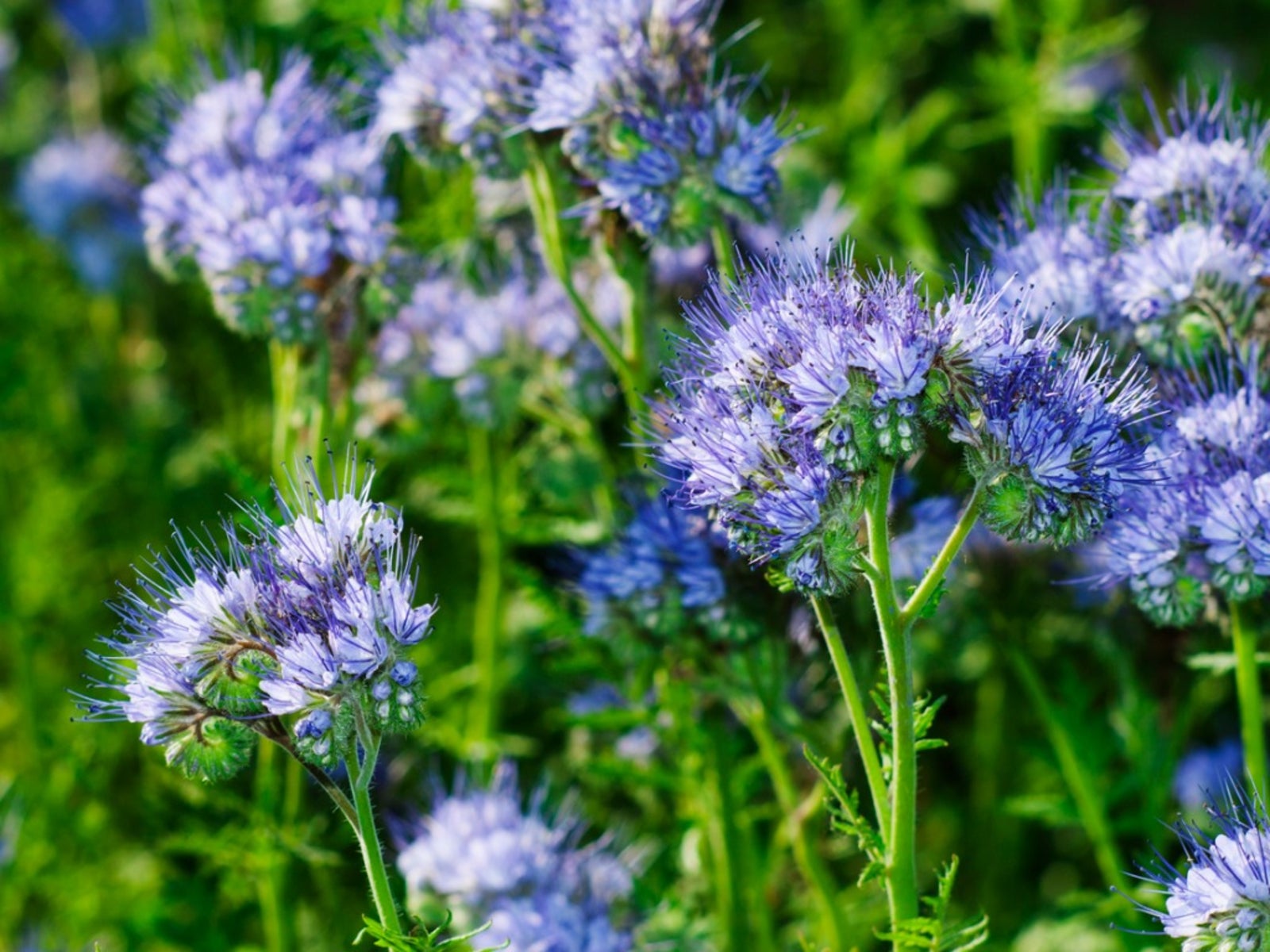Lacy Phacelia Info - Tips On Lacy Phacelia Growing And Care


The lacy phacelia flower, commonly known as Phacelia tanacetifolia, may not be something you'd randomly plant in your garden. In fact, you may wonder just what is lacy phacelia? Read on to find out.
What is Lacy Phacelia?
The lacy phacelia flower is a 1 to 3 foot (0.5-1 m.), leggy wildflower with a bloom that looks similar to a thistle. It is a heavy nectar producer. An attractive addition to the ornamental bed, you might want to plant some of the purple tansy wildflowers to attract pollinators. In fact, you might want to plant several.
Lacy Phacelia Info
Lacy phacelia info says the plant is well-known for its ability to attract bees and butterflies to an area. Some refer to the lacy phacelia flower as the honey plant, as it is one of the top 20 flowers used in the natural production of honey. There appears to be a shortage of pollinators for the garden because of massive honeybee die-offs. As pollinators seem to be getting scarcer, we'd all like to find ways of attracting more of them to our home landscape. Lacy phacelia growing in or near the garden not only attracts bees, but butterflies as well. Include the purple tansy wildflower near vegetable and ornamental gardens for bigger blooms and vegetables. Lacy phacelia growing is sometimes used in almond orchards for this purpose. Beware of aggressive spread of this plant, however, which multiplies by the spread of rhizomes and self-seeding. Additional lacy phacelia info says purple tansy wildflowers bloom from April through July. They're often found growing in ditches, along roadsides, and in open meadows. You can plant them from seeds. Try growing purple tansy wildflower in containers that can be moved around the garden as different areas need pollination. This may help control the spread of the wildflower too. Be sure to include this plant in areas designed to attract butterflies and in water-wise gardens. The lacy phacelia flower grows best in sunny spots where the soil is poor, rocky, or sandy. If the soil in your flower beds has been amended, try growing the purple tansy wildflower outside of the garden, but close enough that bees and butterflies can conveniently pollinate the garden blooms.
Gardening tips, videos, info and more delivered right to your inbox!
Sign up for the Gardening Know How newsletter today and receive a free copy of our e-book "How to Grow Delicious Tomatoes".

Becca Badgett was a regular contributor to Gardening Know How for ten years. Co-author of the book How to Grow an EMERGENCY Garden, Becca specializes in succulent and cactus gardening.
-
 Get Ready For A Summer Of Hummers! Grow These Full Sun Hummingbird Plants and Flowers
Get Ready For A Summer Of Hummers! Grow These Full Sun Hummingbird Plants and FlowersIf you’re lucky enough to enjoy a sunny backyard, make sure you are maxing out on your pollinator opportunities and grow these full sun hummingbird plants and flowers
By Tonya Barnett
-
 12 Lush Alternatives To A Lawn For Sustainable Spaces
12 Lush Alternatives To A Lawn For Sustainable SpacesAlternatives to a lawn are beautiful and also beneficial to your local ecosystem and its pollinators. Explore our top picks for plants to replace grass.
By Tonya Barnett